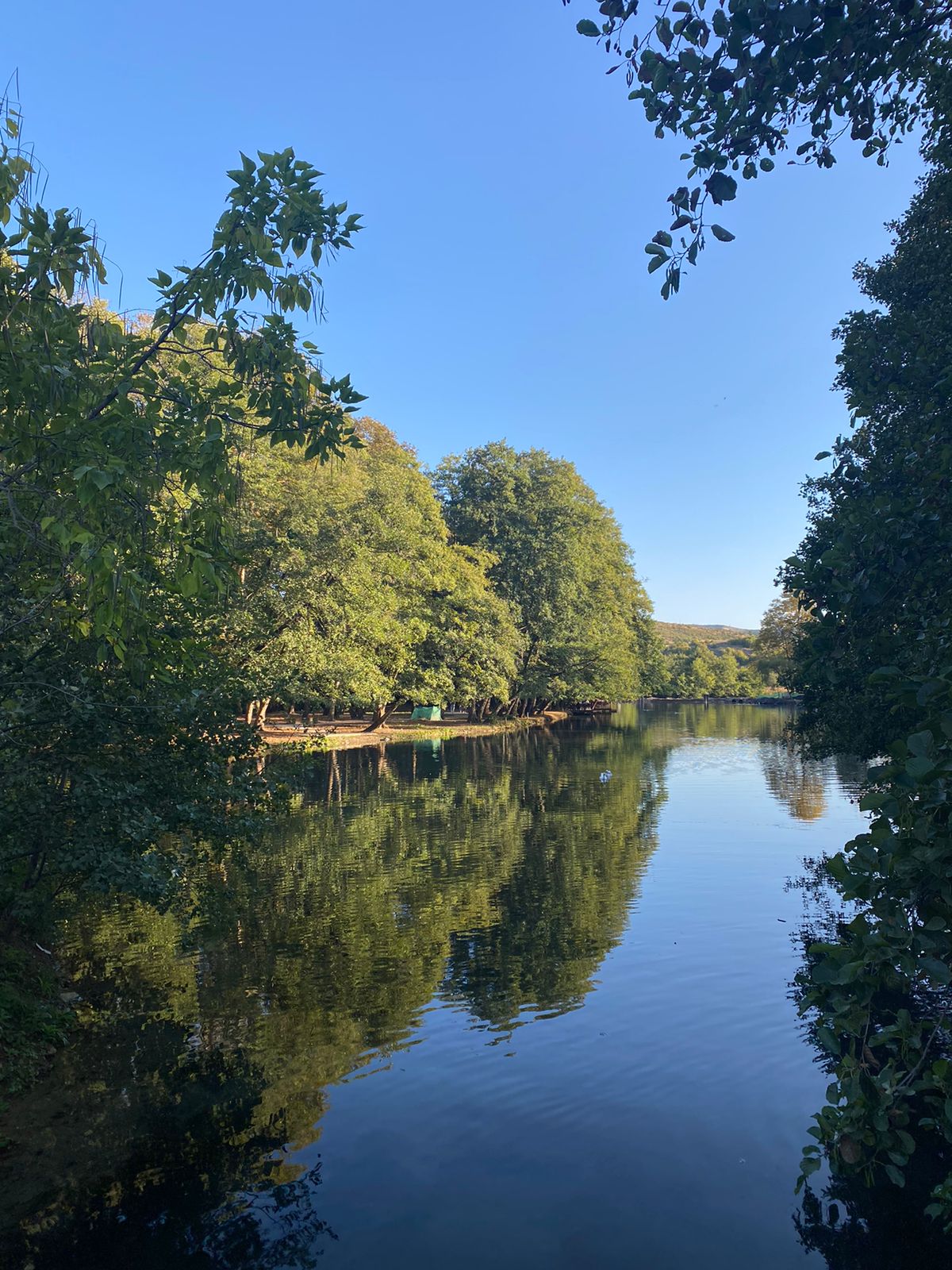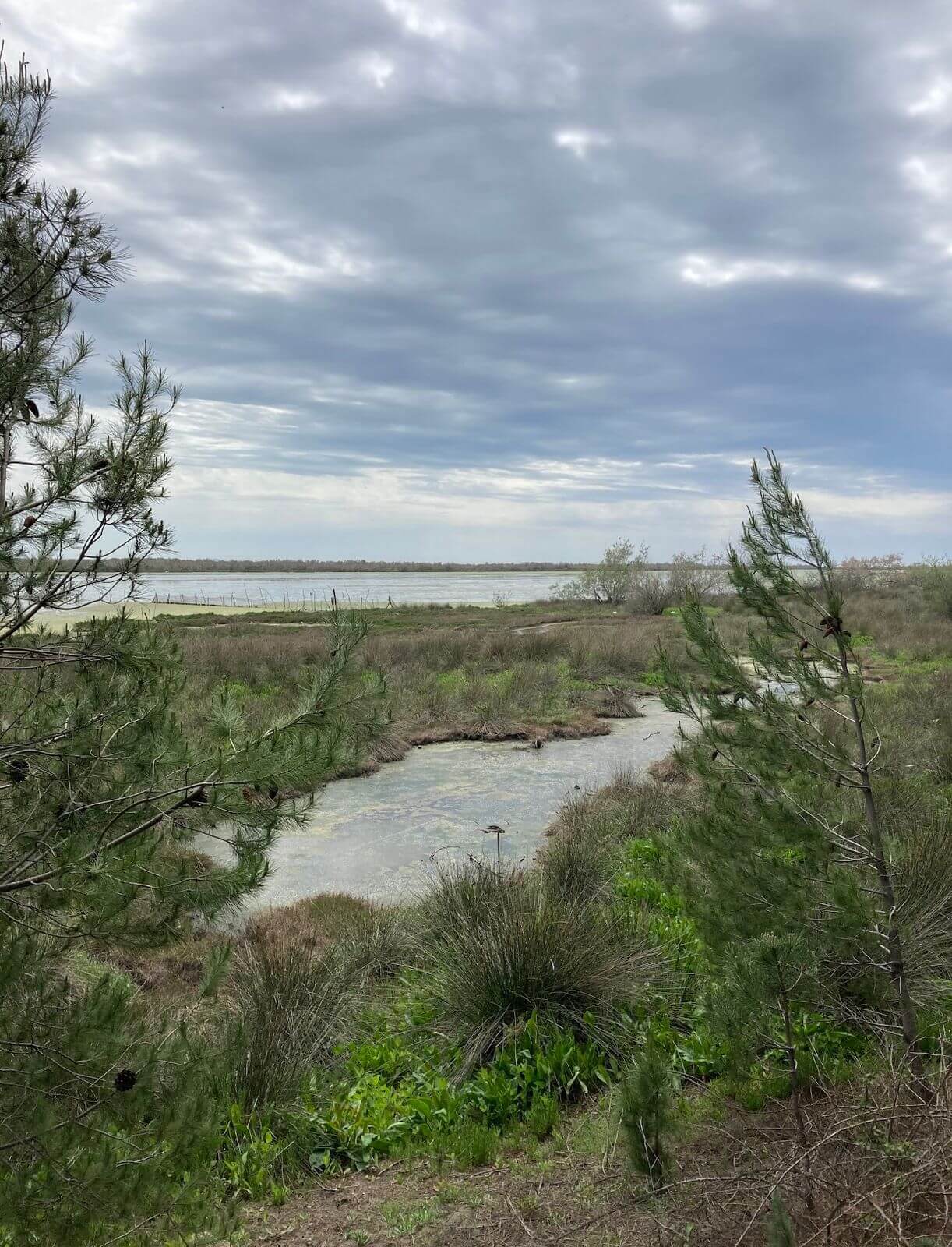The Ancient City of Finiq is located 10 km southwest of Delvina, on a hill next to the village of Finiq. The Ancient City of Finic, also known as Foinika, is an ancient Illyrian city and the capital of the Kaons. It is also the place where the agreement of Finic was drawn up, which ended the First Macedonian War.
Finiqi is recognized as a monument of cultural heritage, of the "Archaeology" type, with the official name Ancient City of Finiq, approved in March of 1948, in October of 1971, and recently as "National Archaeological Park" in March of 2005. The territory is rich in archaeological objects dating from the classical to the Byzantine period. From the ancient sources of Polybius, Strabo, Titus Livius, Ptolemy and then from Procopius and Hierocles, it is shown about the great wealth of the city, especially in the Hellenistic period, between the III-II century BC. Phoenicia organized within its walls the signing of the treaty that ended the First Macedonian War, the treaty known as the "Peace of Phoenicia".
During the Byzantine period of particular interest, with support and important urbanistic interventions by Justinian, documented by Procopius, the city continued safely for almost ten centuries. While during the Turkish invasion, for which Ugolini found archaeological traces that spoke of a violent invasion, the old history of the city also ended, which then remained a small village at the foot of the acropolis hill, today's Finiqi.
In 1932, all the results of Luigi Ugolini's research were summarized in a monograph, which is still a very important work for the city today. The walls surround the surface and part of the slopes of a long and narrow hill, which rises 272 m from the surrounding plain, about 3 km long and 600 m wide. The Roman and Byzantine city also extended to the lower parts of the hill, where the modern village later arose. Ugolini and the most recent excavations after him (last in 2002), identified the Greek and Roman necropolis on the slopes of the hill.
With all of Ugolin's great research and commitment, during his short time in Phoinike and the work done afterwards, there is still much left to discover and understand. The real extent of the city is still unknown, above all the urban forms, the part of the road network, the extent and form of the social areas, the typologies of the dwelling structures, the relationship between the upper fortified part and the lower part at the foot of the hill. The ancient city of Finic remains to be visited by foreign and local tourists as a great historical and archaeological value, an integral part of our cultural heritage.



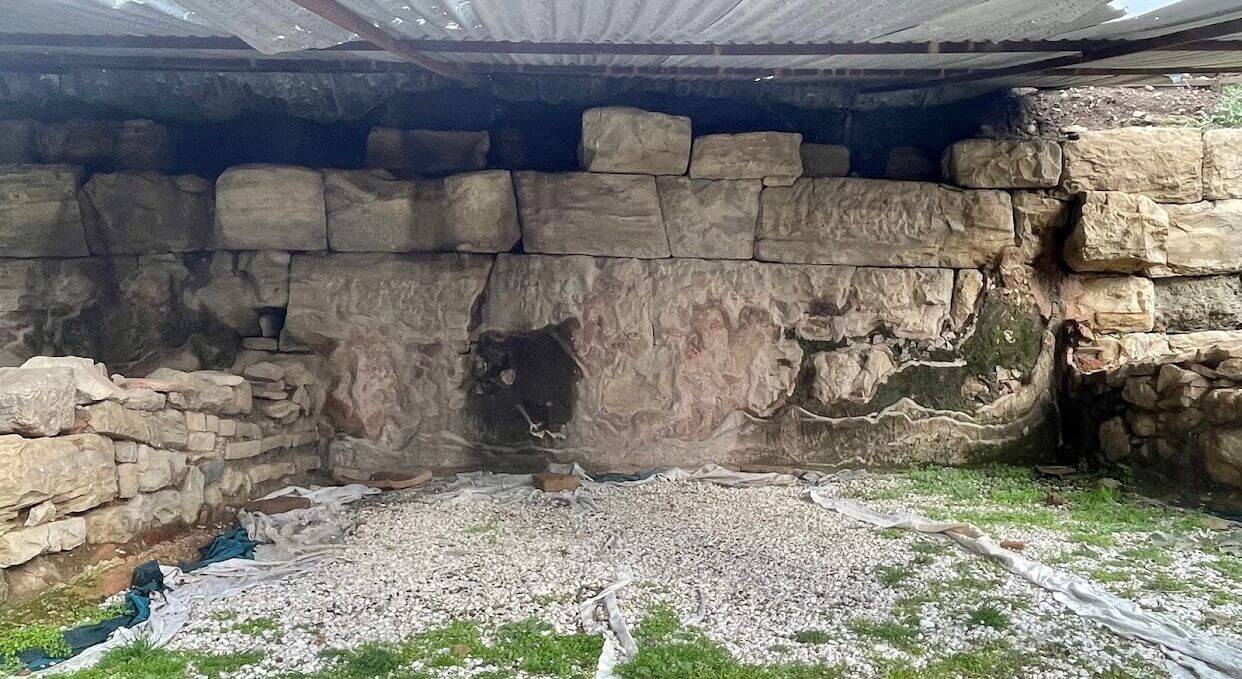




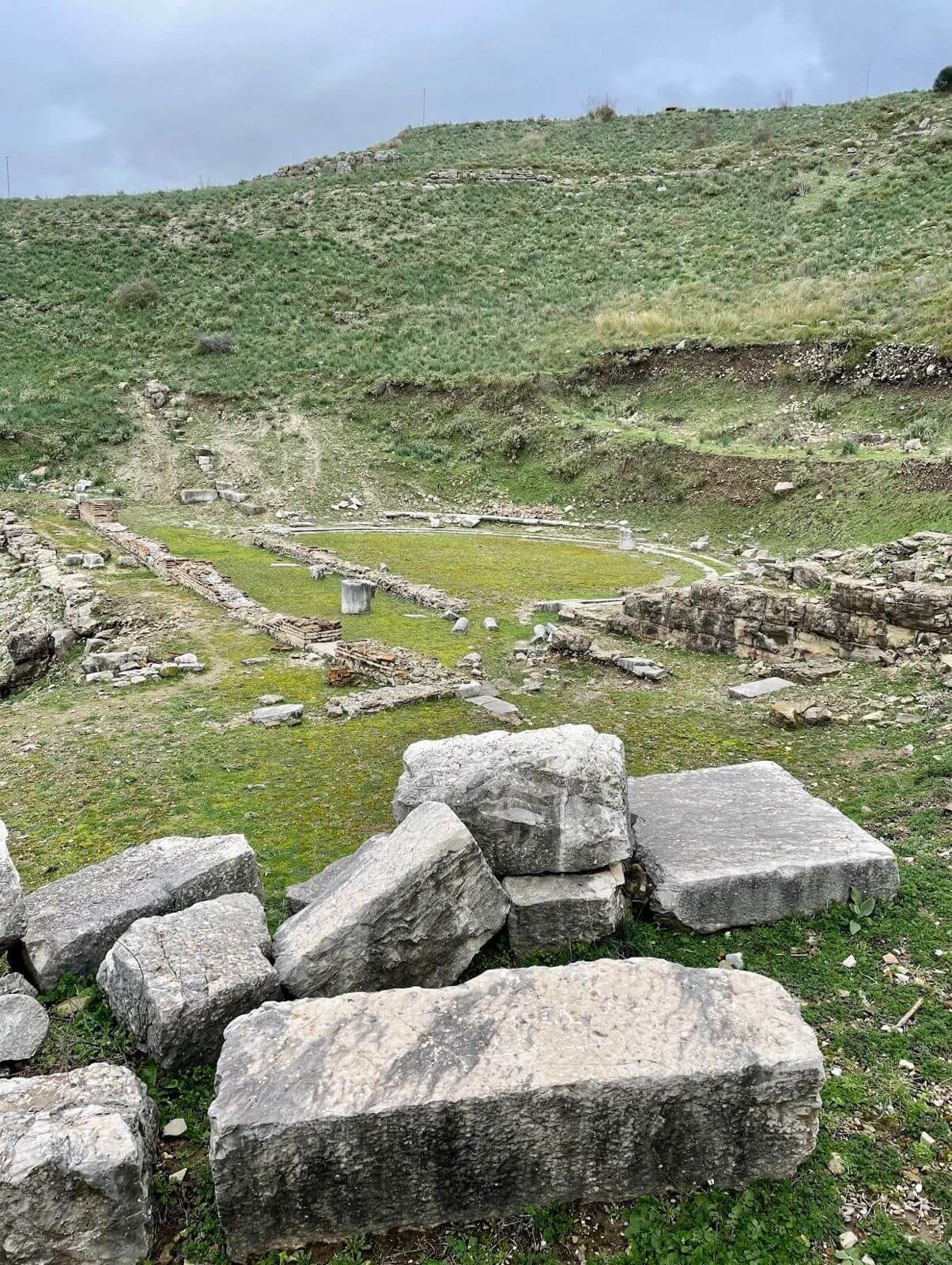
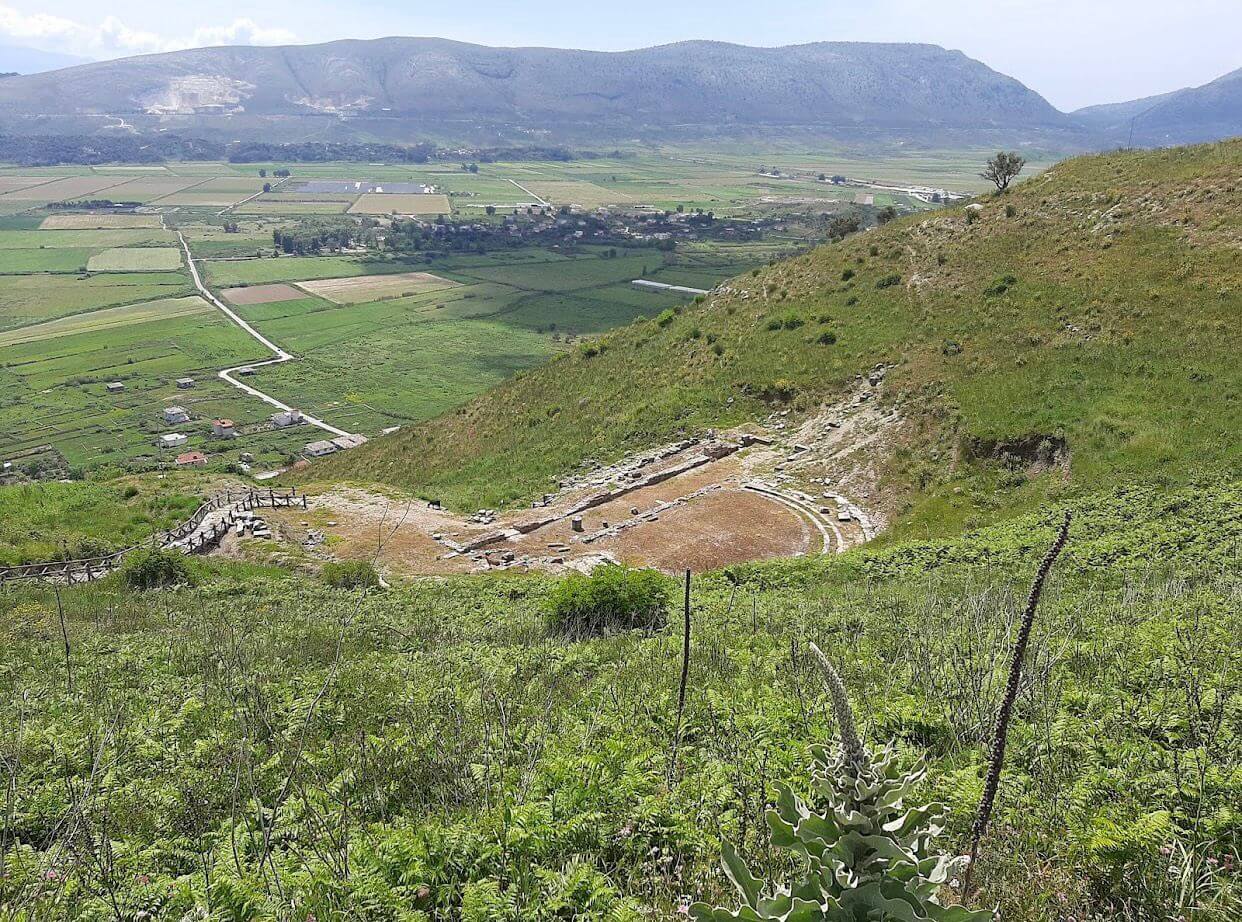



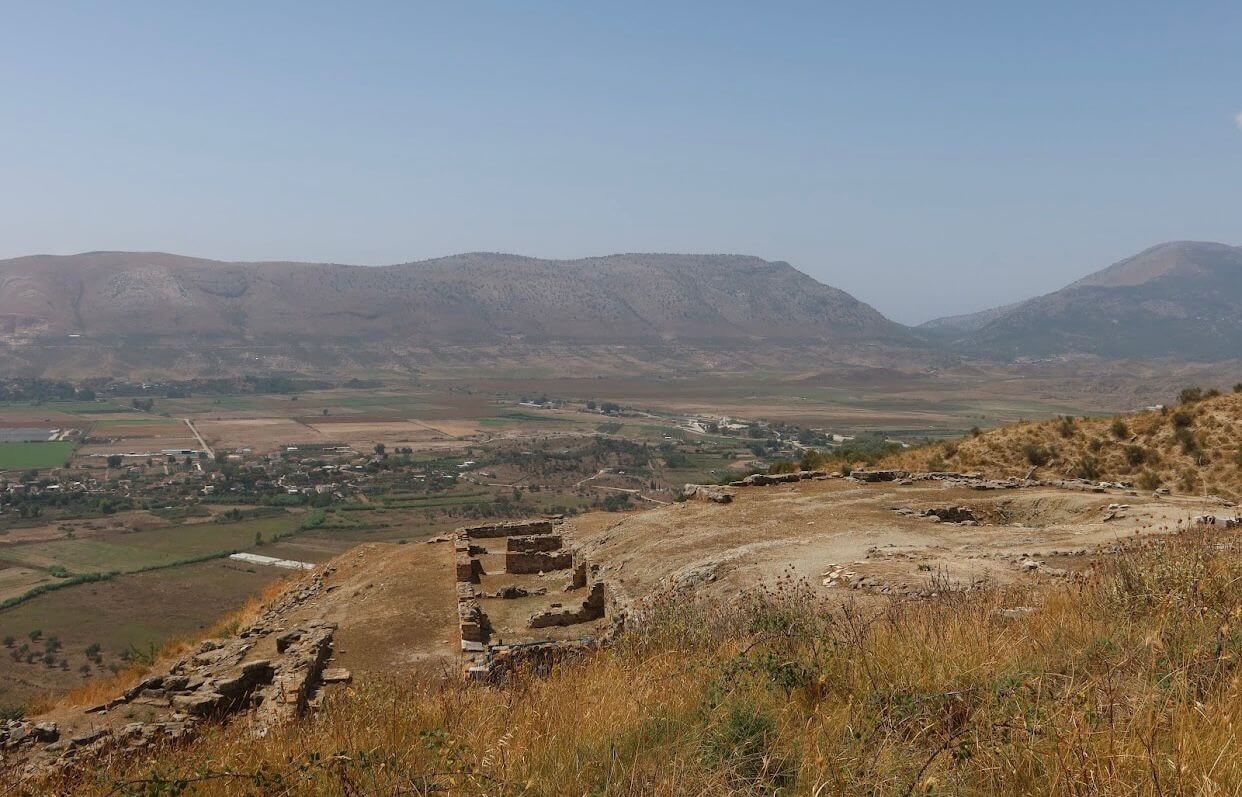
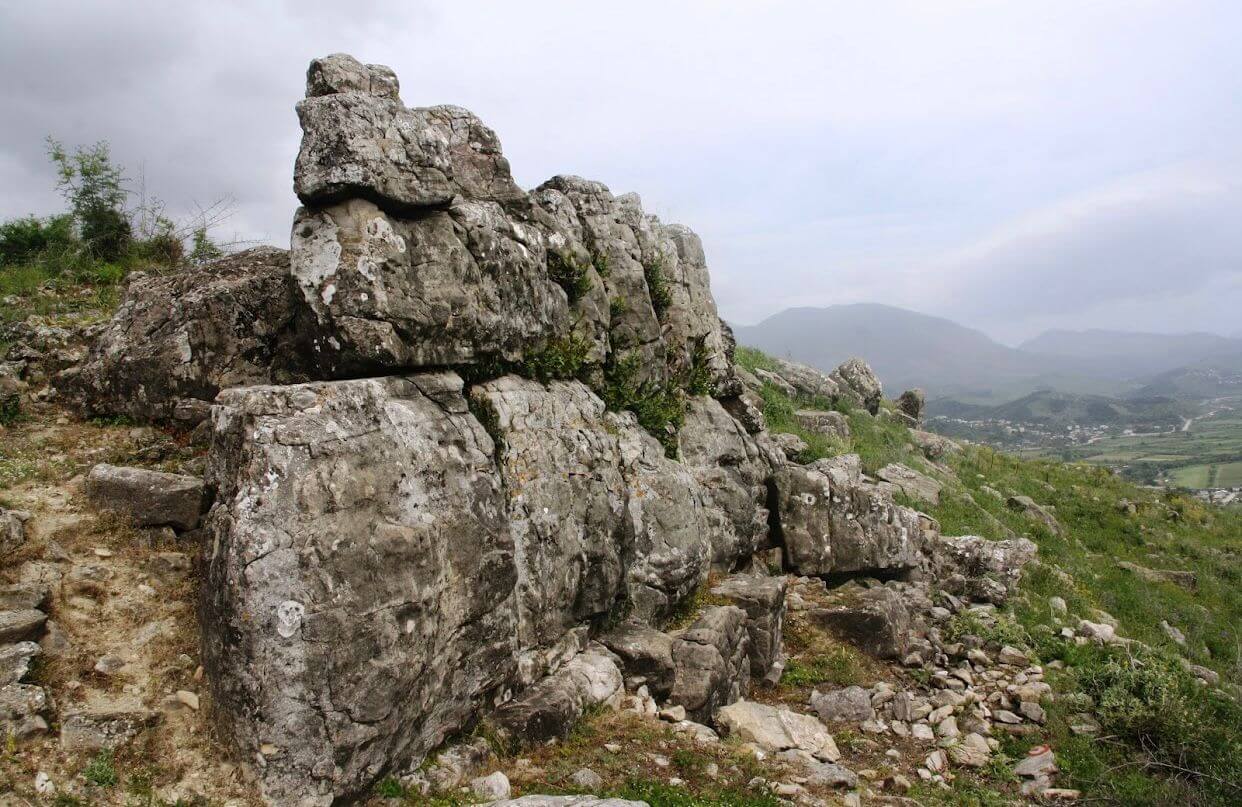

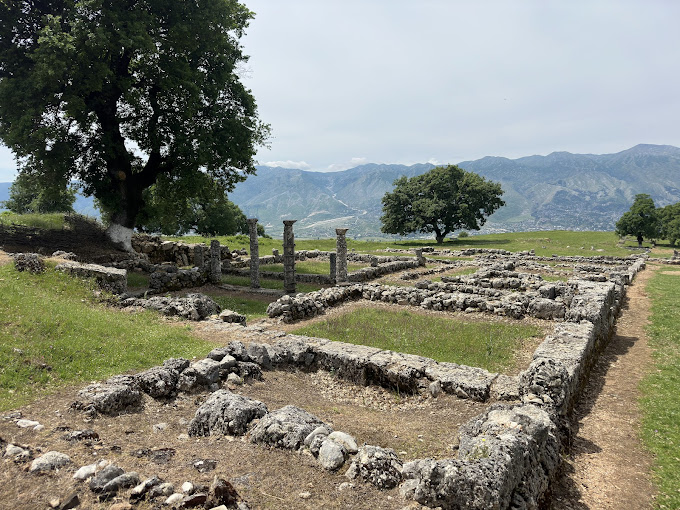
.webp)
